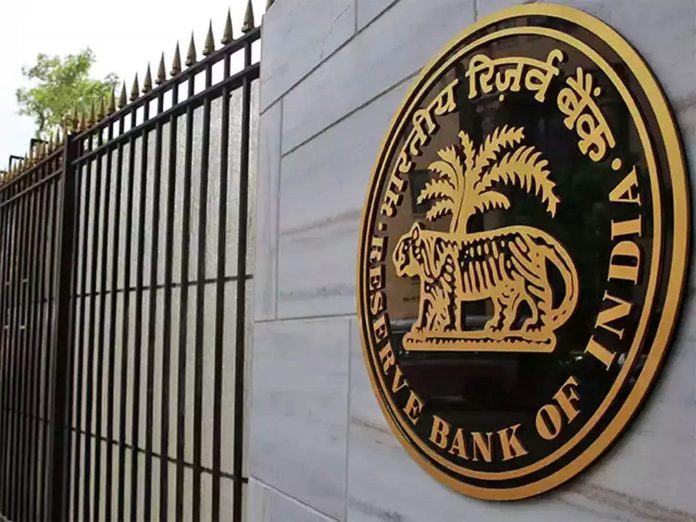- The global economy is witnessing quite an erratic upheaval of troughs and peaks rendering the job of the governments much more challenging to effectively address the emerging situations. Also, the ongoing Ukraine-Russia conflict shows no signs of abating thereby largely contributing to the global economic distress. No wonder, the commodity prices and other essential consumables are breaching unheard-of rates. Add to it the disconcerting patterns of weather variations have only further rendered the job of any worried government harder. Thankfully, the Indian leadership at the helm of affairs has initiated adequate fiscal measures to mitigate the challenges galore confronting the nation aided by the Reserve Bank of India’s monetary policies.

PC: VOXEU
- Of course, as compared to other nations including some of the most developed, the Indian think-tank has succeeded in keeping the inflationary trends at reasonably acceptable levels. Over the last three years, the Indian economy has been through a seesaw of inflation going up and down in line with global trends. As reported recently, retail inflation in July once again breached RBI’s upper limit of tolerance of 6%. CPI was 7.4% in July, driven mainly by food inflation. If the surge in inflation last year was led by energy products, food price inflation not only followed but has continued to remain elevated. A look at the wholesale price trend illustrates the nature of policymakers’ challenges.
- Since April, wholesale markets have recorded inflation. WPI was -1.36% in July. During the same period, wholesale food prices moved in the opposite direction, steadily increasing before a surge in July led to food inflation of 14.25%. Typically, trends in the wholesale market get captured in the retail prices after a lag. Therefore, the trends indicate that the outlook for retail inflation, if food is taken out of the equation, is benign. Food, however, remains a significant part of an average family’s consumption basket, and it contributes about 46% of CPI. Therefore, RBI’s challenge is to judge if the pressure from food inflation is getting generalized. If RBI concludes there’s a generalization of price pressure originating in food or fuel, it pushes up interest rates impactfully.

PC: Tejashree
- Note that this is what RBI did in May 2022. Between May 2022 and February 2023, RBI’s monetary policy committee increased the policy rate, or repo, by 2.5 percentage points to 6.5%. It was a steep increase in a short period. As RBI’s actions take time to work their way through commercial markets, the full impact of the increases in repo rate hasn’t yet shown up. Both the weighted average term deposit and lending rates have increased by a smaller proportion. Therefore, at this stage RBI, while keeping a close eye on the rise in CPI, should not use interest rates as a policy tool to combat inflation. RBI has, since February, sensibly paused repo rate increases. It should persist with this policy in the interim as well.






